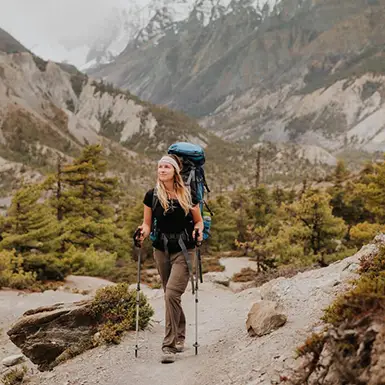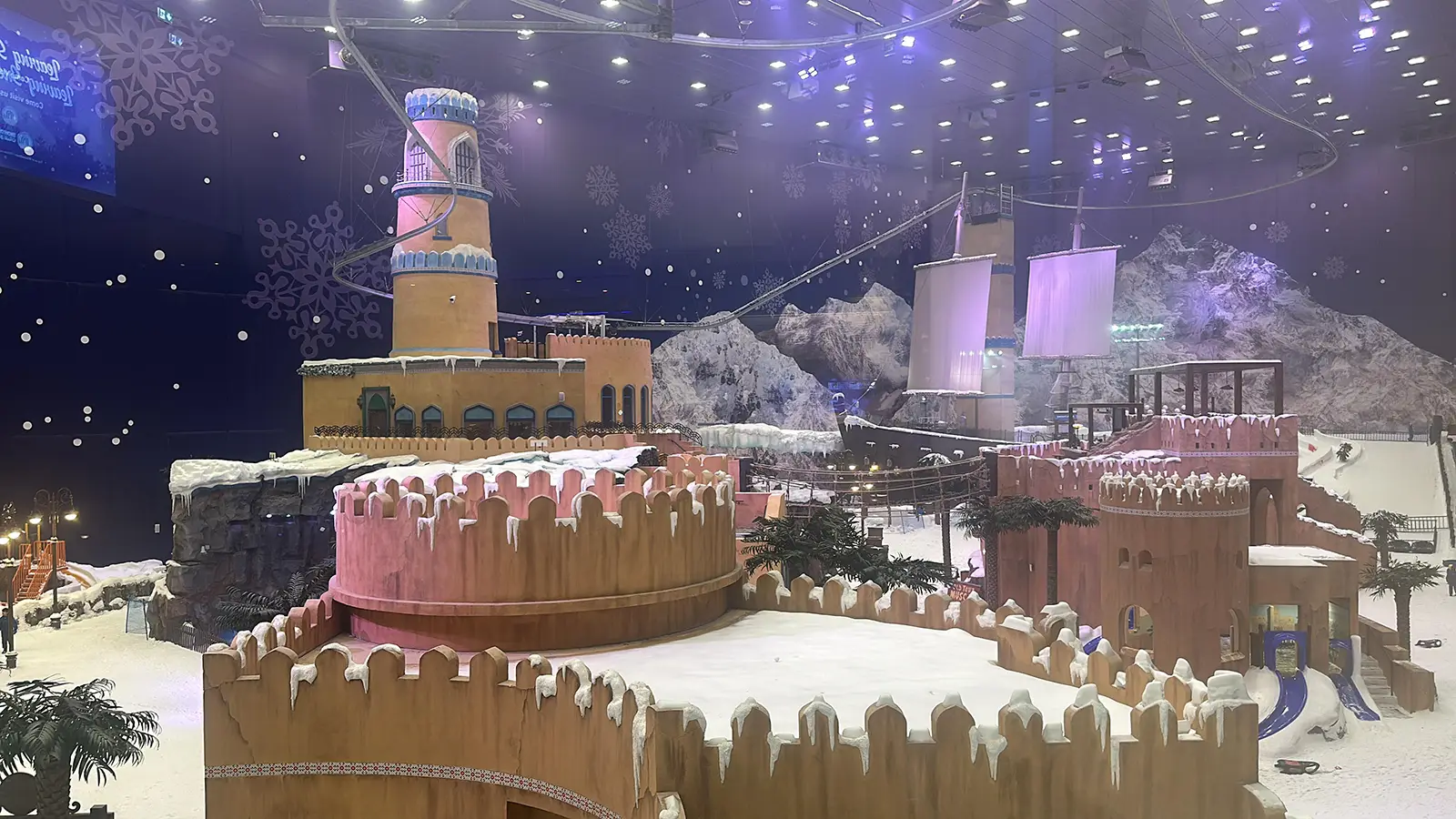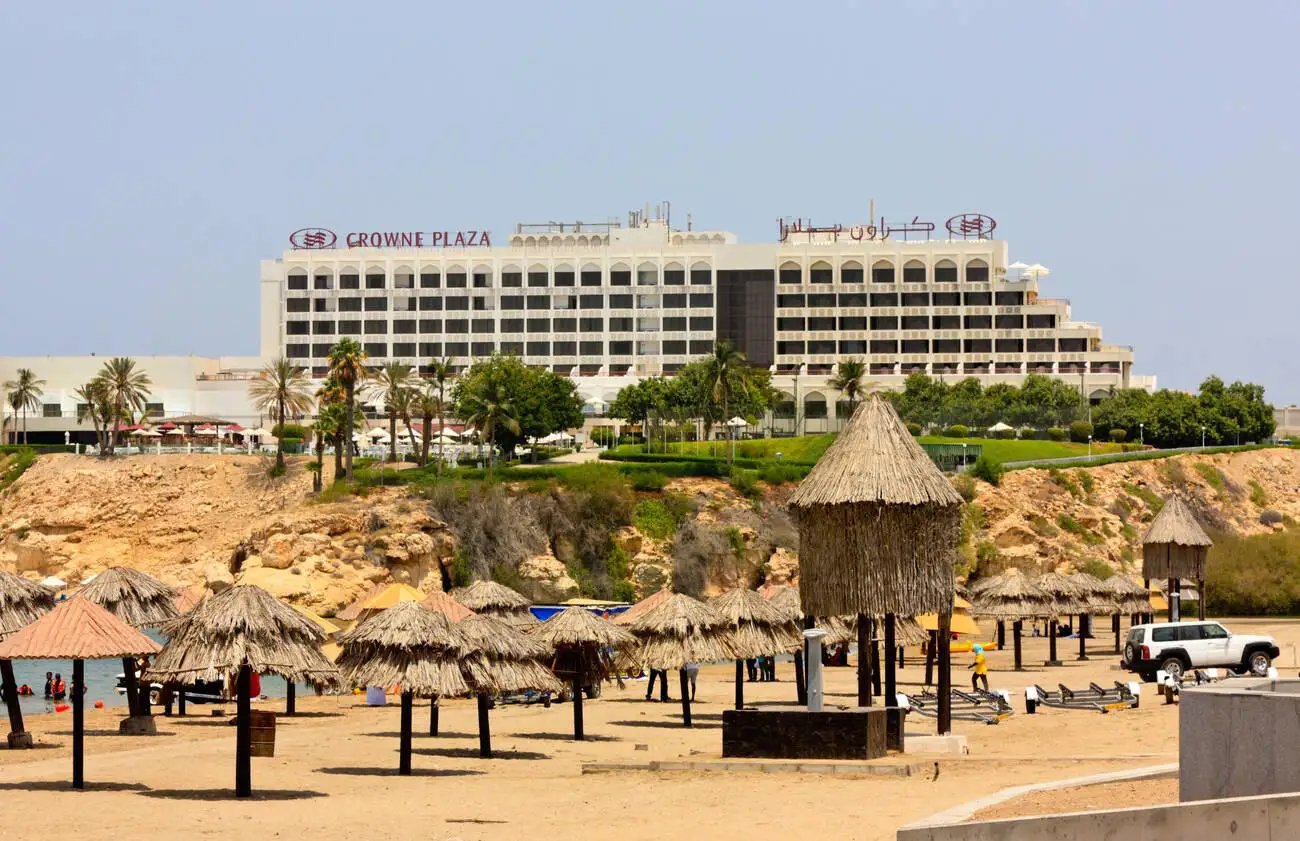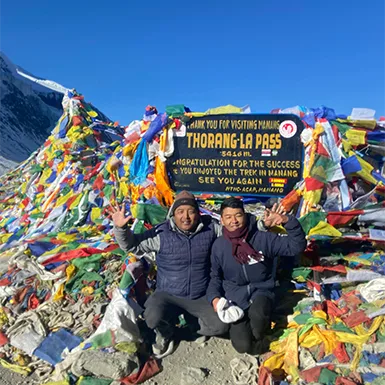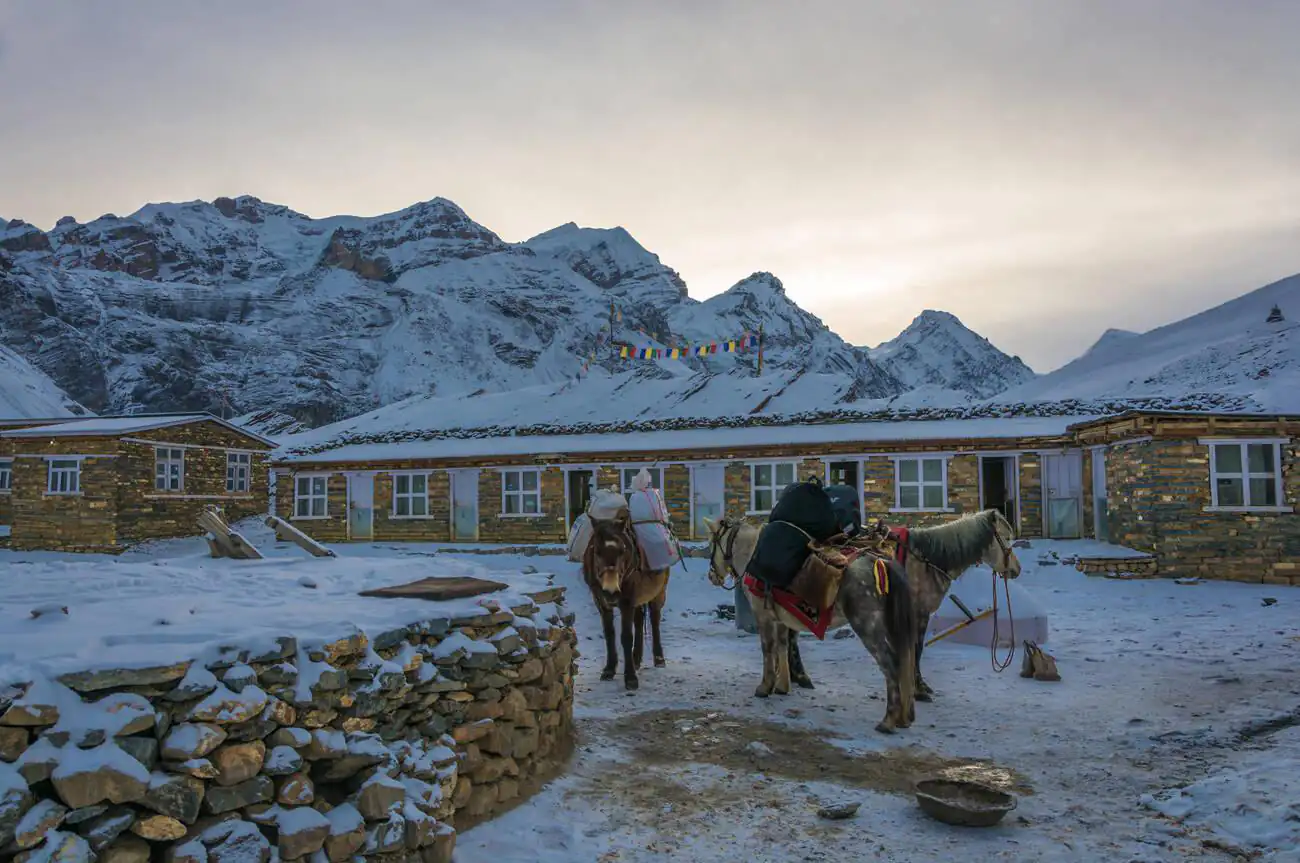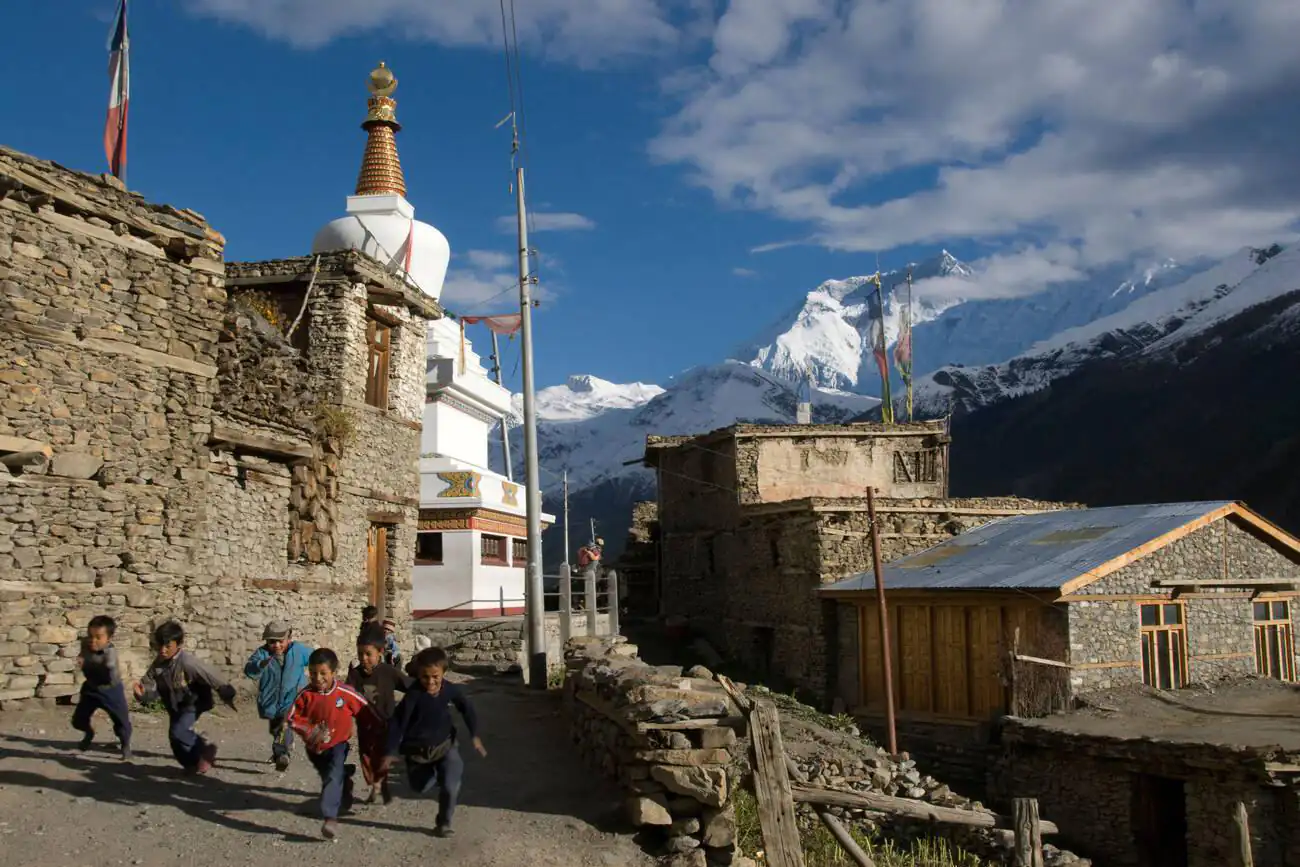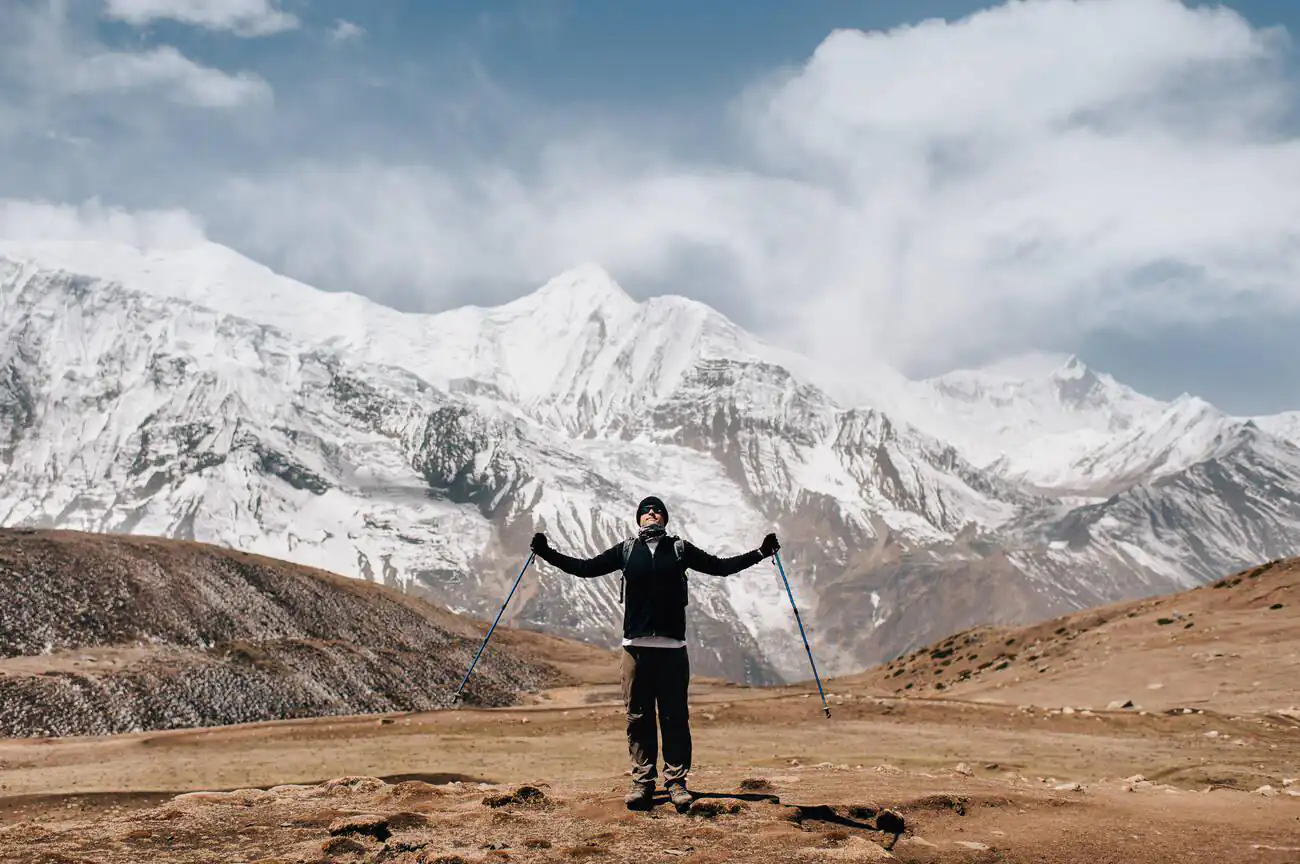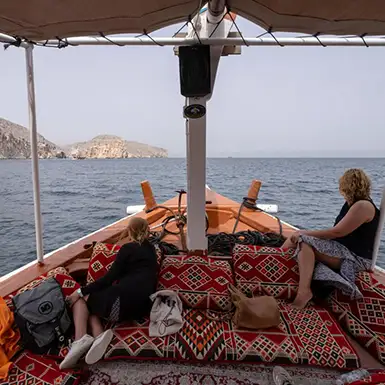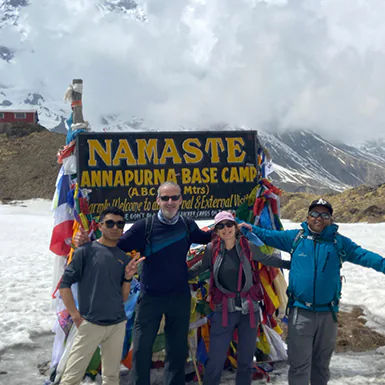Accommodation and Facilities: Essential Guide for Trekkers
Planning your trek to Manang involves more than mapping your route; it’s also about selecting suitable accommodations and knowing the available facilities. This guide offers a detailed look at the various accommodations in Manang, alongside crucial amenities to help trekkers navigate the Manang Annapurna Circuit efficiently and safely.
Accommodation Options in Manang
Manang Nepal caters to a wide range of preferences and budgets, ensuring all trekkers find a suitable place to rest:
- Guesthouses: Predominantly available throughout Manang, these guesthouses offer basic but comfortable rooms, typically with shared bathroom facilities. They are perfect for budget-minded trekkers and provide a warm, communal atmosphere to connect with other travelers.
- Lodges: Manang’s looking for is the next step up if you’re after more comfort. These establishments often feature rooms with private bathrooms and may include additional luxuries like hot showers and WiFi, aimed at trekkers who appreciate a little extra convenience.
- Homestays: For a deep dive into local culture, consider a homestay in the Manang Valley. Staying with a local family lets you experience genuine Nepali hospitality and enjoy homemade traditional meals.
Key Facilities in Manang
Knowing the available facilities in Manang can significantly enhance your trekking experience and ensure both comfort and safety:
- Medical Aid: Given the Manang Altitude, understanding where to find medical assistance is crucial. Manang has several health posts that provide primary healthcare services, including treatments for altitude sickness. Always carry a comprehensive first aid kit and familiarize yourself with the locations of these health posts.
- Communication Options: Although Manang provides specific connectivity options like internet cafes and lodge-based WiFi, mobile network coverage can be unreliable. Plan accordingly to stay connected, especially in remote areas.
- Supplies and Shopping: Manang’s shops are well-stocked with trekking essentials ranging from gear and clothing to snacks and local crafts. Stocking up on necessities like water purification tablets and extra clothing for the cold is highly recommended.
- Dining: The dining facilities in most Manang accommodations offer a blend of local and Western dishes, catering specifically to trekkers. These meals nourish and provide social opportunities to meet fellow trekkers.
Conservation and Local Initiatives: Promoting Sustainable Tourism
As trekkers and adventurers explore the stunning landscapes of Manang Nepal, taking part in local conservation efforts plays an essential role in preserving the environment and culture. This guide highlights the initiatives focused on environmental sustainability and cultural preservation in Manang and offers practical ways for visitors to support these causes while trekking the Manang Annapurna Circuit.
Environmental Sustainability in Manang
The natural beauty of Manang Nepal, faces increasing pressure due to growing tourism and the impact of climate change. Conservation initiatives are working to address these challenges through various programs:
- Waste Management Programs: Reducing litter along trekking routes remains a priority. Local businesses and trekking groups have organized cleanup drives to maintain the trails’ pristine condition. These programs also educate visitors on minimizing their environmental impact and practicing responsible trekking habits.
- Renewable Energy Projects: Manang has embraced solar and hydroelectric power to reduce deforestation and air pollution caused by traditional fuel sources. These renewable energy projects offer cleaner alternatives and set an example for sustainable energy use in remote mountain areas.
Cultural Preservation Efforts in Manang
Manang Nepal boasts a rich cultural heritage, and preserving its traditions is critical to maintaining the area’s identity. Efforts to protect cultural practices include:
- Heritage Restoration Projects: Ongoing projects focus on the restoration of ancient monasteries, traditional homes, and other historical structures that reflect the spiritual and architectural heritage of Manang Valley. These efforts ensure that future generations can experience the region’s rich history.
- Supporting Local Artisans: Programs that encourage the work of local artisans play a vital role in keeping traditional crafts alive. By purchasing locally made items, visitors directly support the local economy and help preserve these crafts for the future.
Community Projects and How Visitors Can Contribute
Visitors to Manang Nepal can engage in various community-driven initiatives contributing to the region’s well-being. Here are ways to get involved:
- Educational Programs: Volunteering in local schools offers a rewarding experience for visitors. Many programs welcome native English speakers to assist with language training, helping to improve the education of young students in the area.
- Eco-Tourism Activities: Nature walks guided by tour guides are examples of eco-friendly tourist activities that enable visitors to learn about local plants and animals, thus supporting conservation initiatives. They also create awareness of the preservation of the area’s ecosystem.
- Cultural Workshops: Participating in artistic workshops, such as traditional cooking classes or craft-making sessions, offers an interactive way to engage with local traditions. These workshops help preserve the cultural practices of Manang and provide visitors with a deeper connection to the community.
Personal Stories and Experiences in Manang Nepal: The Warmth of the Manangi People
Trekkers traveling through Manang Nepal often share heartfelt experiences of the hospitality and kindness of the local Manangi people. Whether braving the challenges of high altitude or enjoying the scenic beauty of the Manang Valley, these encounters add depth to the trekking adventure along the Manang Annapurna Circuit.
A Story of Local Kindness
One trekker, Anya from France, recalls how locals went above and beyond during her stay. “I was struggling with altitude sickness at the high Manang Altitude when a local family took care of me. They offered herbal tea, advice, and comfort, making me feel at home.”
Trekkers Connect with Local Culture
Another adventurer, Michael from Australia, shares how a homestay changed his perspective on trekking. “I stayed with a family in Manang Valley, helping cook traditional meals and sharing stories. Their warmth and generosity made me realize that the trek was about more than just the scenery, the people.”
Conclusion: Why You Should Visit Manang Nepal
Manang Nepal presents travelers with an exceptional opportunity to Encounter both thrilling adventures and cultural fastenings to their being. This high altitudinal destination in stunning Manang Valley is more than a scenic paradise; it is also a tough trekker’s paradise on the Manang Annapurna Circuit. The breathtaking Himalayan vistas and distinctive cultural history will leave an unforgettable impression on visitors to this region.
More importantly, though, Manang Nepal is different from other places because of its warm and friendly nature plus the hospitable individuals that inhabit it, which is like other regions of the same kind but much better. For trekkers who come here, they do not only have enjoyment derived from this beauty but some insights about local life as well. It’s like bringing together different dimensions for a whole day’s happiness.
Practicing Responsible Tourism
You must adhere to appropriate tourism habits as you move through Manang Nepal. Always honor the indigenous customs, observe that our ecosystem is delicate, and converse with the weather in Manang and its altitude. Encourage the conservation of this region by embracing global travel ethics that support safeguarding cultural identities and conserving ecosystems.
